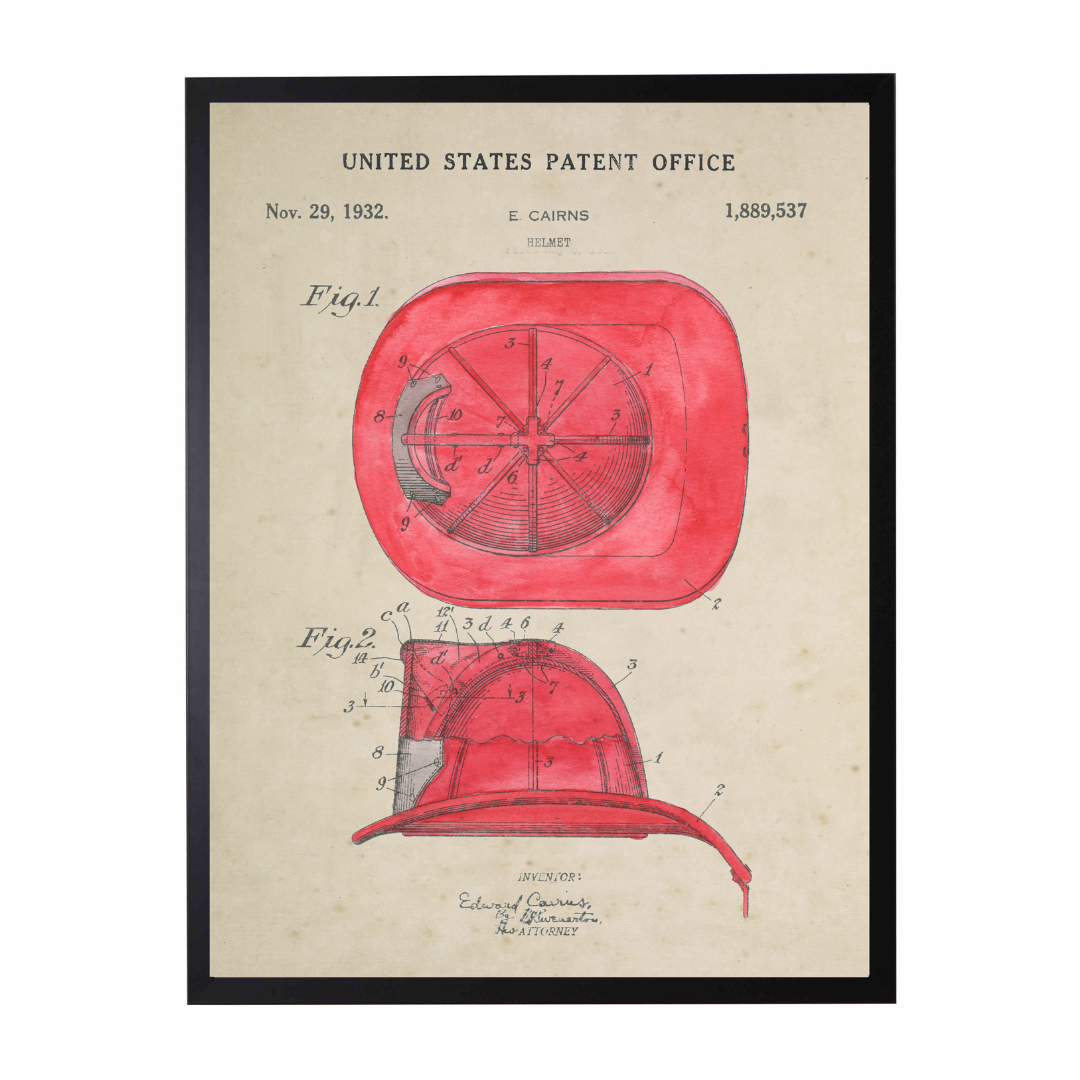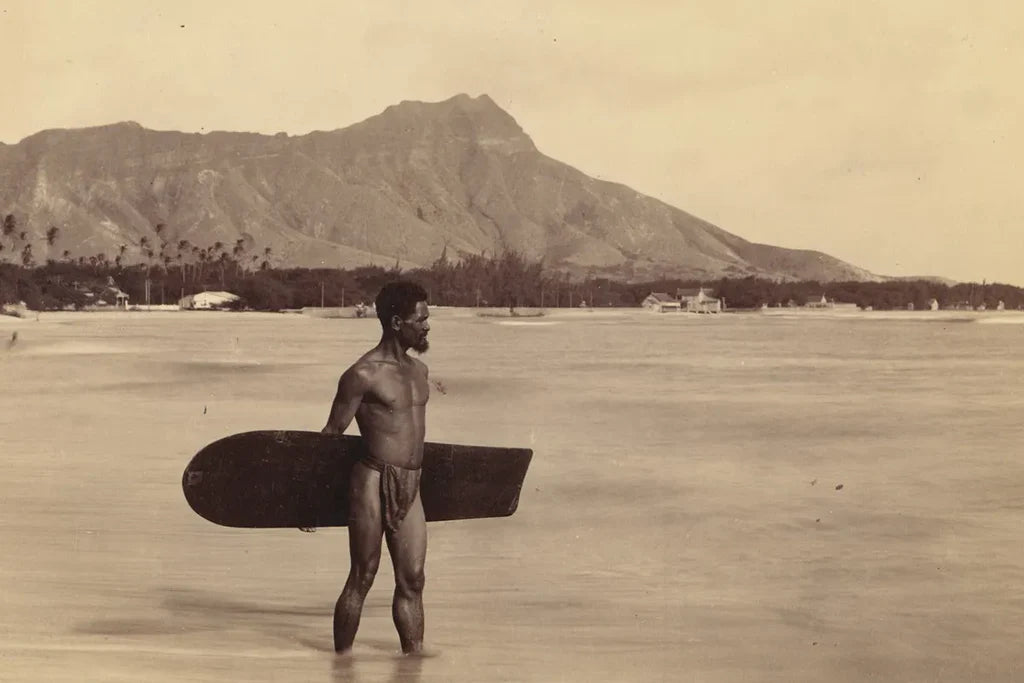The first fire helmet was built by Henry Gratacap, an FDNY volunteer firefighter, sometime between 1821 and 1836. Gratacap sought to make firefighter headwear safer than the stovepipe hats of the day. The stovepipe fire hat resembled a top hat with red-painted leather and offered no protection to firefighters.

Gratacap’s design included a reinforced dome to protect firefighters from falling objects, a tall front shield to break windows during rescues, and a rear brim to protect firefighter’s necks from intense heat. Not long after Gratacap designed the improved helmet, the Cairns brothers had an idea to add identification badges to the front of helmets.

The badges traditionally came in the shape of a guitar pick and were held in place by a brass depiction of an eagle. The eagle was introduced after an unknown sculptor added the figure to a volunteer firefighter’s grave at the Trinity Churchyard in New York City. Although the brass eagle often hinders firefighters and regularly falls off or gets damaged, it remains a key part of many helmets given its history.

The colors of firefighter’s helmets also used to be quite important. Traditionally, chiefs would wear a completely white helmet, captains and LTs would wear helmets with a white front and black or red back, members of the engine company would wear black helmets, and ladder company members would wear red helmets.

Today, most firefighters wear yellow helmets for visibility and other than the addition of visors, not much has changed from the original design.
In 1932, Edward Cairns of Montclair NJ was granted a patent for a new helmet design. His design sought to address many of the issues with the eagle ornament falling off by integrating it into the helmet design. Cairns went on to file dozens of other patents.
Check out the patent




